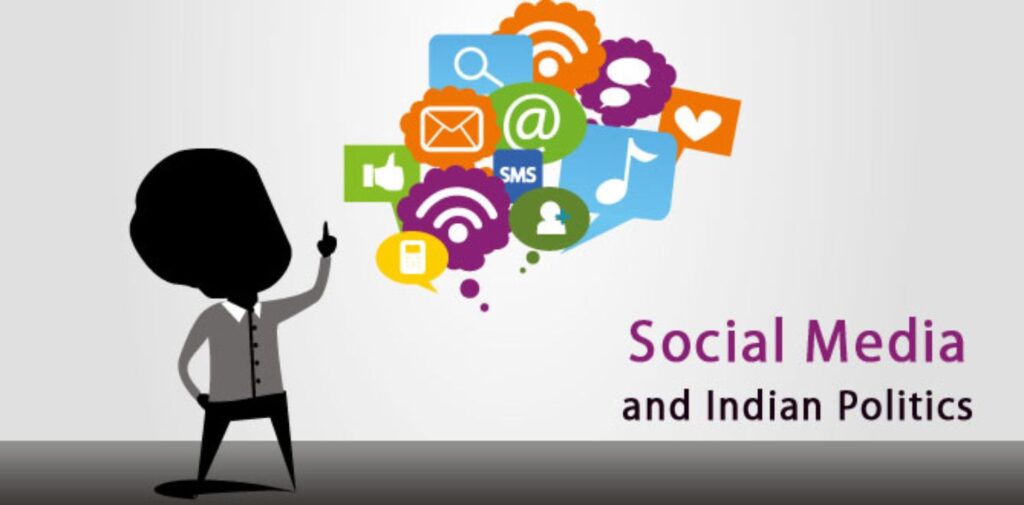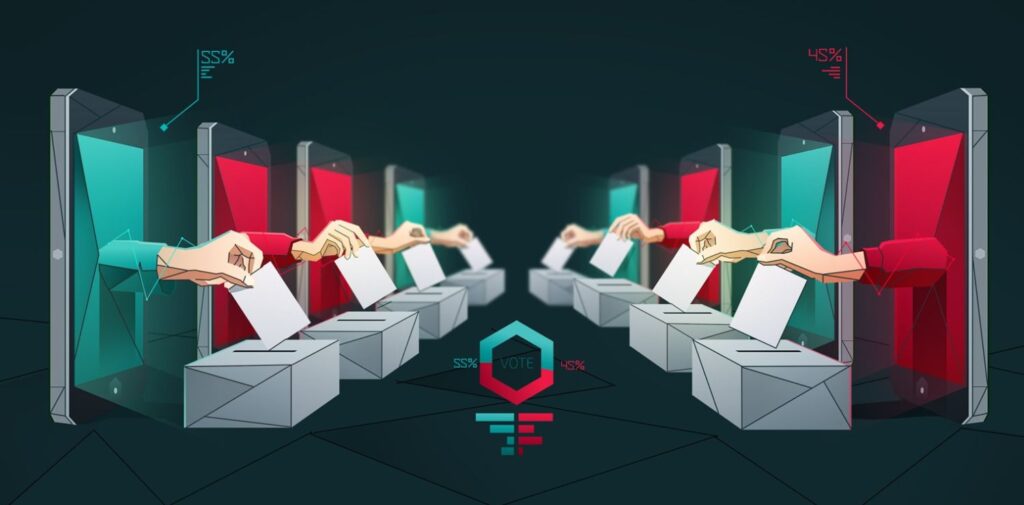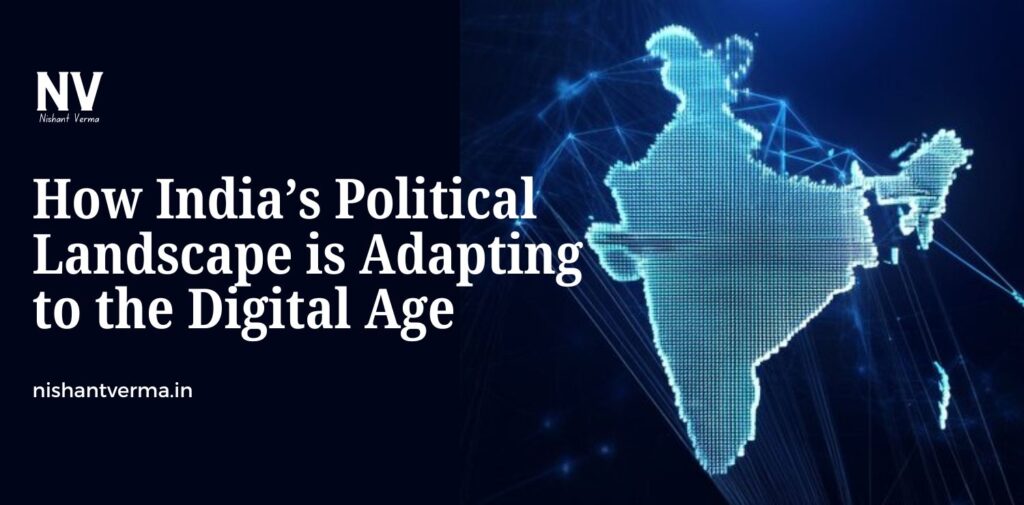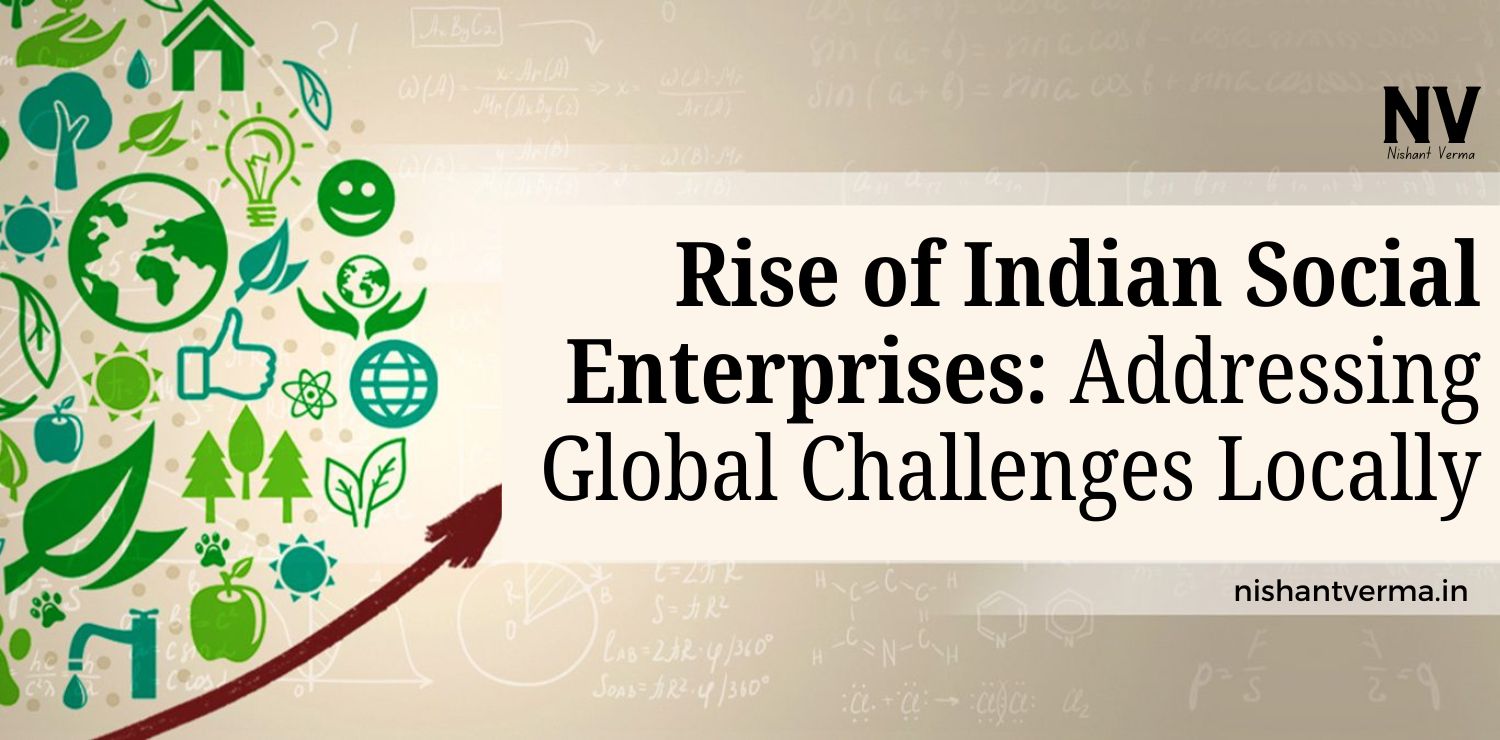In the 21st century, technology has had a profound impact on every aspect of life, including politics. India, a country with over 1.4 billion people and a growing number of internet users, has seen its political landscape shift dramatically as the digital age continues to unfold. The internet, social media, and digital platforms have reshaped the way politicians connect with voters, influence public opinion, and even run entire campaigns. As India Political Landscape is Adapting to the digital revolution, political parties, leaders, and voters alike are leveraging new technologies to engage in the political process in ways that were once unimaginable.
The Rise of Social Media in Indian Politics
One of the most visible impacts of the digital age on Indian politics is the rise of social media as a tool for political communication. Platforms like Twitter, Facebook, WhatsApp, Instagram, and YouTube have revolutionized the way politicians and parties interact with the public. In a country as diverse and vast as India, social media has become the primary medium for political outreach, enabling politicians to directly connect with millions of people.
Social media allows politicians to reach voters in even the most remote corners of the country, bypassing traditional media channels like newspapers and television. Campaign messages, speeches, and policy updates are now shared instantly with millions of people through these platforms. The 2014 and 2019 general elections in India saw a marked shift toward digital campaigning, with social media playing a pivotal role in garnering support and influencing voter opinions.
For example, the Bharatiya Janata Party (BJP) has been particularly adept at using social media to its advantage, with Prime Minister Narendra Modi being an active presence on platforms like Twitter and Facebook. His tweets, Facebook posts, and YouTube videos reach millions of followers and help him stay connected with his supporters. Other political leaders, too, have followed suit, understanding the power of digital engagement to mobilize voters and create political narratives.

Digital Campaigning: A Game-Changer for Elections
The digital age has transformed the way elections are fought in India. Traditional methods like door-to-door campaigning, rallies, and print advertisements are now complemented by innovative digital strategies. Political parties now spend a significant portion of their campaign budgets on digital advertising, targeted online campaigns, and influencer partnerships to sway public opinion.
One of the key advantages of digital campaigning is its ability to target specific voter segments. Political parties and candidates can use data analytics to create tailored messages that resonate with different communities, age groups, and regions. For instance, a candidate might run Facebook ads highlighting policies that are particularly relevant to rural farmers, while running different ads focusing on urban youth and employment schemes. This precision-targeting helps increase voter engagement and boosts campaign efficiency.
Additionally, digital platforms have allowed for real-time engagement with voters. Interactive tools like live streaming on Facebook, Instagram, and YouTube allow political leaders to host live Q&A sessions, town halls, and debates with the public. This direct interaction helps politicians build a personal connection with voters, which was previously only possible through face-to-face engagements.
The Role of Data Analytics in Shaping Political Strategies
In the digital age, data has become one of the most powerful tools in shaping political strategies. Political parties and campaigns now rely heavily on data analytics to understand voter behavior, track trends, and optimize their outreach efforts. By analyzing demographic data, social media activity, and voter preferences, parties can gain valuable insights into the concerns and desires of the electorate.
Data analytics also helps political campaigns refine their messaging and focus on the most pressing issues. For example, if data reveals that unemployment is a major concern among youth in a particular state, a political party may create digital ads or social media posts highlighting their plans for job creation and skill development. Similarly, if a region is facing water scarcity, a campaign might focus on solutions related to water conservation and infrastructure development.
Moreover, data analytics allows political parties to evaluate the effectiveness of their digital campaigns in real time. By tracking metrics such as click-through rates, engagement levels, and conversion rates, campaigns can adjust their strategies on the fly, ensuring maximum impact and voter mobilization.

Digital Democracy: Empowering Voters
The digital revolution has not only impacted political campaigns but has also empowered Indian voters in unprecedented ways. In the past, voters in remote areas might have faced challenges accessing information about candidates, parties, or policy issues. Today, thanks to the internet and digital platforms, voters are more informed than ever before. They can access political news, candidate profiles, speeches, and even live debates online, giving them a clearer picture of the choices before them.
Social media platforms also allow voters to express their opinions, engage in political discourse, and participate in the democratic process. Twitter hashtags, Facebook groups, and WhatsApp chats have become popular forums for discussing political issues, raising awareness about key topics, and mobilizing support for causes. This has led to a more vibrant and participatory political environment, where voters feel more directly involved in shaping the nation’s future.
Moreover, mobile apps and websites have made voting-related information easily accessible. Voters can check their names on the electoral rolls, find their polling booths, and even access voter ID details through various digital services provided by the Election Commission of India. This ease of access encourages higher voter turnout and participation in the democratic process.
Misinformation and Fake News: A Growing Challenge
While the digital age has brought numerous benefits to Indian politics, it has also introduced significant challenges, particularly in the form of misinformation and fake news. The rapid spread of unverified information through social media platforms has become a major concern for political campaigns, media, and citizens alike.
In the run-up to elections, political parties and their supporters often use social media to spread both factual information and misleading narratives. False news, defamatory content, and hate speech can quickly go viral, influencing public opinion and even swaying votes. The spread of fake news has become a key challenge, as it undermines trust in the political system and can lead to social unrest.
To address this issue, the Election Commission of India and other bodies have been working to combat the spread of fake news through fact-checking initiatives and awareness campaigns. Social media platforms like Facebook and Twitter have also taken steps to curb the spread of misinformation by flagging false content and promoting verified information. Despite these efforts, misinformation remains a persistent challenge in the digital age, and it is crucial for citizens to remain vigilant and critical of the information they encounter online.

Cybersecurity and Digital Privacy: Protecting the Integrity of Elections
As digital campaigning and online political engagement become more prevalent, the issue of cybersecurity and digital privacy has gained prominence. The security of election data, voter information, and digital platforms used for campaigning is a critical concern. In a country like India, where elections are massive, and voter data is sensitive, protecting the integrity of the electoral process from cyberattacks is essential.
Political parties and the Election Commission of India have been working to enhance the security of digital infrastructure, including electronic voting machines (EVMs) and voter data. The rise of cyber threats, including hacking attempts, data breaches, and interference in online campaigns, has led to calls for stronger regulations and better cybersecurity practices in political processes.
Ensuring the privacy of voters’ personal data is also a growing concern. With the increasing use of social media and digital platforms to collect and analyze data, protecting citizens’ privacy rights becomes an important aspect of the digital age. As digital tools continue to play a central role in Indian politics, safeguarding both election security and voter privacy must remain a top priority.
Conclusion: India Political Landscape
India’s political landscape is undergoing a significant transformation as the country adapts to the digital age. The rise of social media, the use of data analytics in campaigning, and the empowerment of voters through digital platforms have revolutionized political engagement and participation. However, with these advancements come challenges such as misinformation, cybersecurity threats, and concerns over digital privacy.
As India continues to embrace the digital era, political parties, the Election Commission, and citizens must work together to ensure that the digital space remains a platform for free, fair, and transparent political processes. The digital age offers immense potential for improving democratic engagement, but it also requires careful management and regulation to avoid the pitfalls of misinformation and security breaches.
In the coming years, the digital revolution will continue to shape Indian politics, making it more inclusive, interactive, and transparent. As India embraces this new era, it has the opportunity to create a more informed, connected, and participatory political system that truly reflects the will of its diverse electorate.




